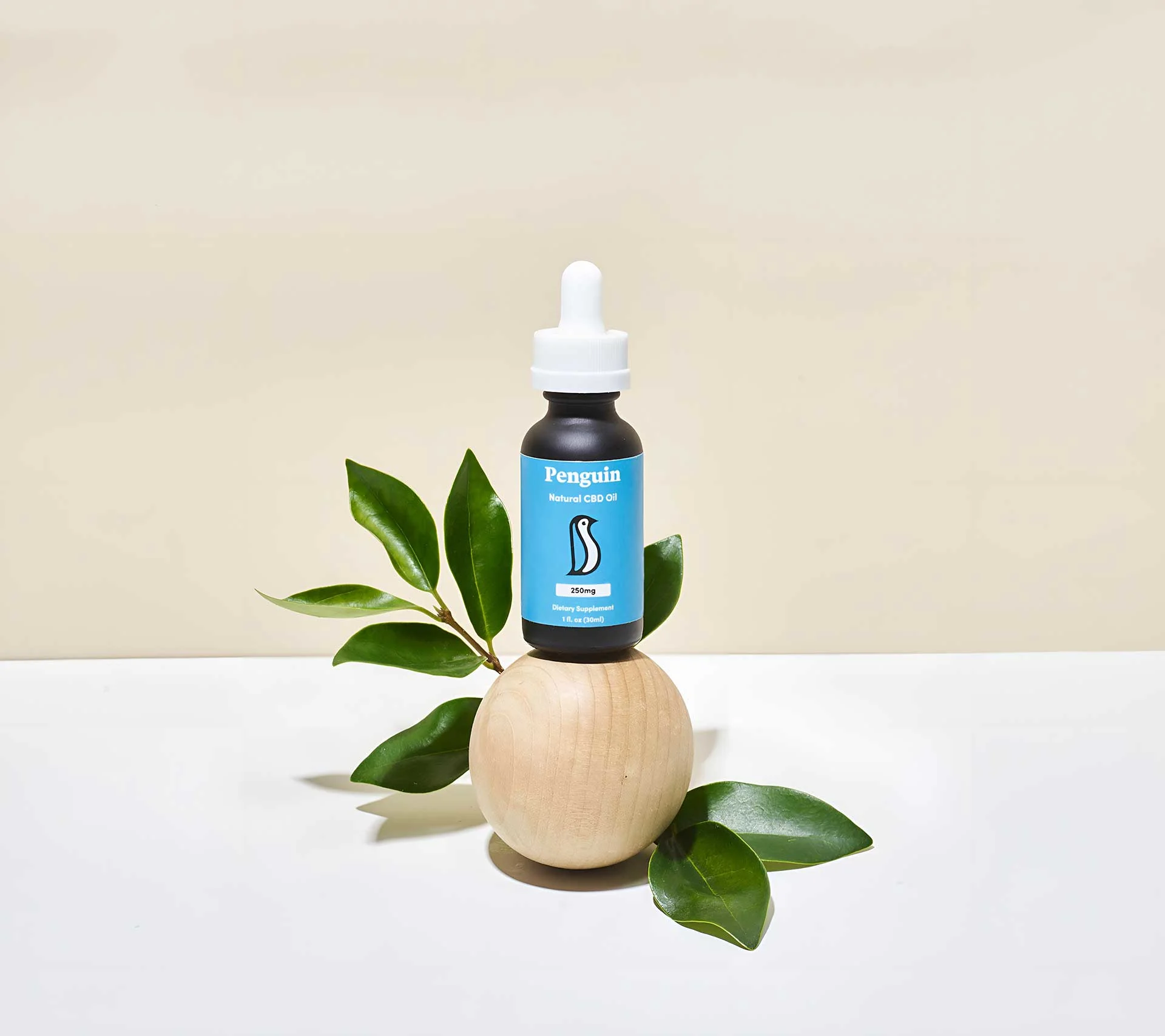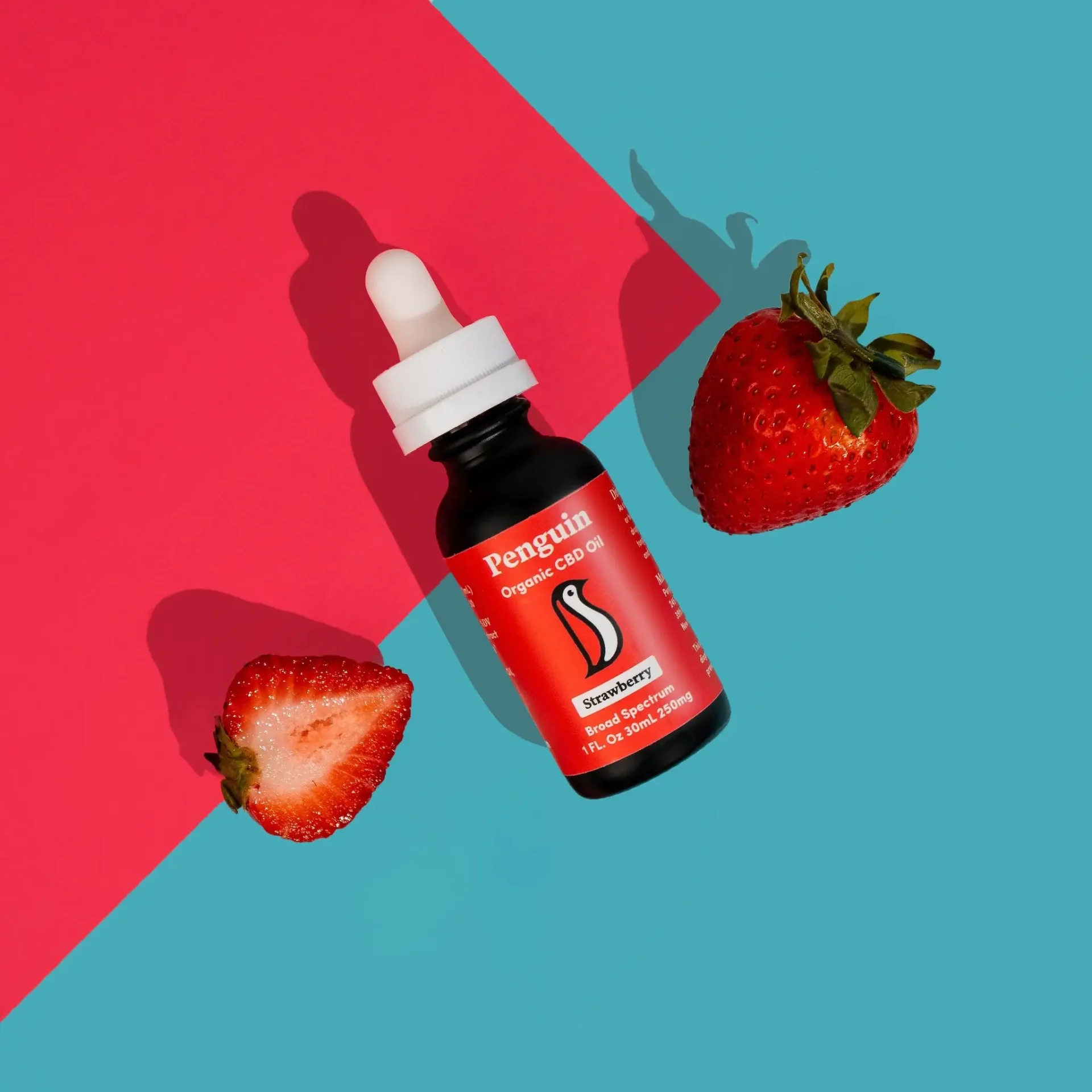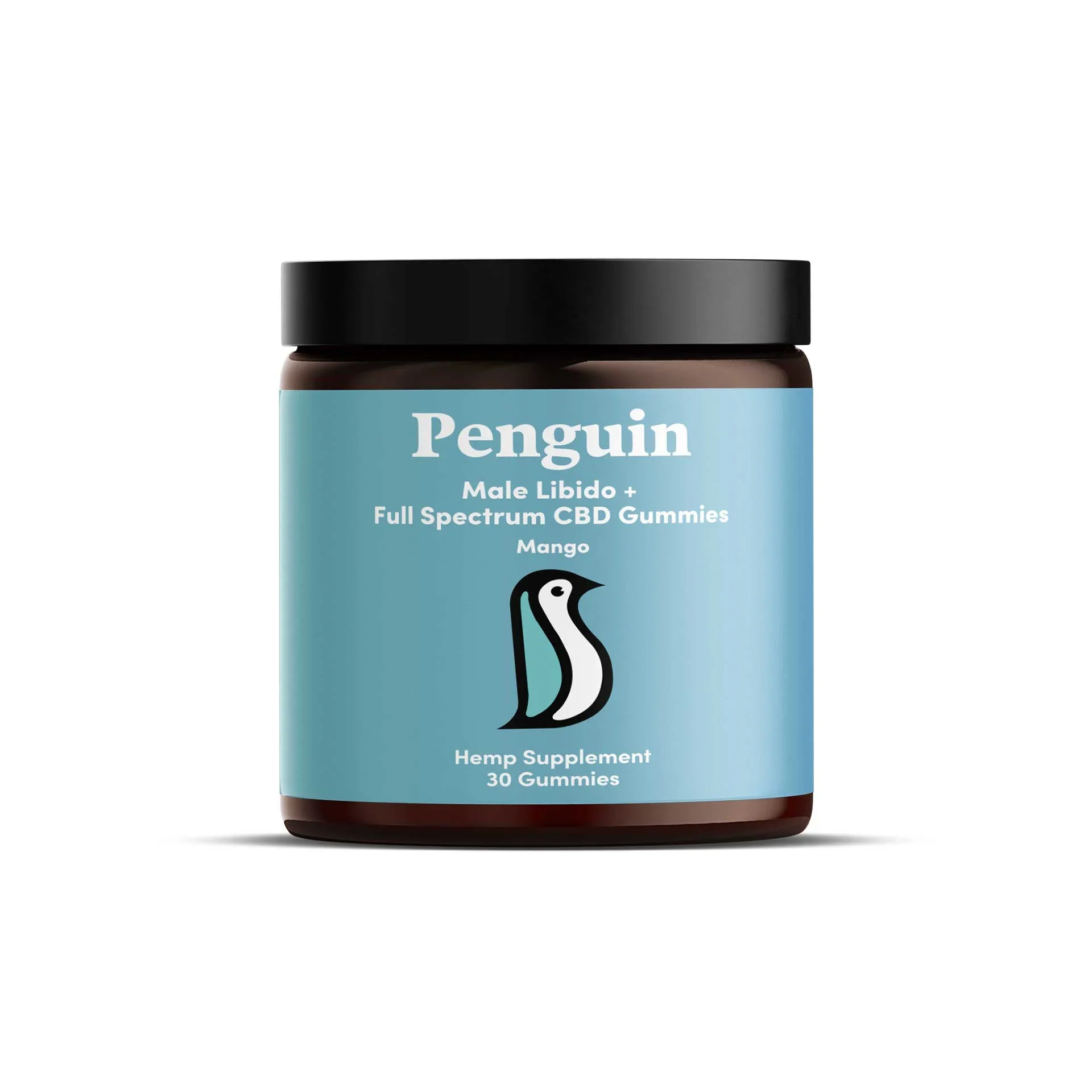How Is CBD Oil Made?
 By Penguin CBD
By Penguin CBDCannabidiol oil, also known as CBD oil, is a naturally occurring compound used by millions of people around the world. CBD is one of the many chemical compounds found in cannabis.
But unlike tetrahydrocannabinol (THC), another compound found in cannabis, there’s no psychoactive element to it, meaning you will not get high from CBD. While there’s nothing new about this compound, it’s only really taken off in the last decade or so. Let’s look at some of the reasons why.
A lot of it comes down to research. Fifty years ago, we didn’t have anywhere near the level of technology we have today. It simply wasn’t possible to carry out the rigorous testing that’s done in labs now.
Today, scientists can examine, molecule by molecule, exactly what’s in the plant, and can carry out a sequence of extensive tests to discover the effects of each part. Of course, this is often truncated by restrictions on testing.
With the advent of phytocannabinoid science, CBD’s popularity has risen. A large number of people who regularly consume CBD have reported an increase in energy and an overall improvement in their well-being. Recent surveys and studies have shown that people are achieving improved lifestyle outcomes as a result of CBD.
In this article, we’re going to explore the ins and outs of CBD oil, taking a close look at how it’s manufactured and the ways in which it’s being produced for the public to enjoy.
What Forms Is CBD Available In?
When CBD oil first hit the shelves, there were a limited number of places where you could get your hands on it. And when you finally did manage to locate some, you would pay through the nose for it. Nowadays, its increased fame has made it more accessible and affordable.
If you’re new to the world of CBD oil, you may not realize all the various forms it takes. Here are some of the main ones:
1. CBD oils: This is a common form of CBD oil that comes mixed with a carrier oil for improved consumption. Tinctures are typically taken by placing a couple of drops of the oil underneath the tongue. If you can avoid it, try not to swallow the liquid straight away. The idea is to get as much as you can sublingually. This allows for rapid absorption compared to ingestion through the stomach
Tincture doses vary, but are typically between 250mg and 1,000mg per bottle. If you are trying CBD oil for the first time, it’s probably best to start low and increase your dose gradually if needed. That way you’re not taking more than you need. Finding your baseline threshold is important to a proper dosing schedule.
2. CBD Capsules: Capsules are another popular way to take CBD oil. Some people prefer to take capsules rather than tinctures, as you don’t get the hemp taste or the added ingredients.
The downside is that it takes a little longer for the CBD oil to work as the capsules have to first dissolve before the liquid is released. Moreover, since the cannabinoids must travel through the gut before entering the bloodstream, there are extra stages of digestion that increase the time it takes for the effects to be felt.
3. CBD Edibles: If you have a sweet tooth, consider getting your CBD oil dosage in edible form. They may even resemble some common sweets you already eat, so they’ll blend right in to your day.
4. CBD Topicals: If you want to reap the benefits of CBD oil, but aren’t quite ready to ingest it, there’s always the topical form to try. Topicals are applied to the skin, and include lotions, creams, balms and salves.
People enjoy topicals because they provide localized action that doesn’t enter the bloodstream. Many report greater feelings of wellness when using topical CBD products for localized health benefits.
The Manufacturing Process of CBD Oil
Although CBD oil is a naturally occurring compound, it still goes through quite an extensive process to get to the finished product. In this section, we’ll take a closer look at what’s involved in each step.
Growing CBD in Plants That Used to Be Illegal
The family of Cannabis plants contains many varieties. Some are laced with phytocannabinoids, including high amounts that induce psychoactive effects. However, in others, the psychoactive compounds remain minimal. These varieties are often known as hemp.
Nowadays, farmers are planting and growing hemp plants all over the United States. It feels like a new era, but in fact it’s a return to the old. Before cannabis and hemp plants were made illegal in the early 20th century, hemp and cannabis were grown all across the country.
That’s because these plants were used for far more than just the acquisition of phytocannabinoids. Hemp fibers have many industrial uses, including rope, clothing and textiles, paper, and building and insulation materials. Of course, once cannabis and hemp plants were criminalized, their use was stifled.
Today, while farmers are planting hemp plants once again and the materials are making their way into everyday products, the main potential of hemp comes from its production of CBD.
It’s the law that any hemp plant must contain less than 0.3 percent THC to be considered for CBD production. While the psychoactive cannabinoids in hemp are low, compounds such as CBD are produced in relatively significant quantities. Farmers do their best to produce hemp plants with healthy amounts of CBD, and that’s where the harvest begins.
Harvesting the Potential of CBD
The best part of the process of CBD production is the harvest. Hemp grows like corn and is harvested in a similar manner.
Local farmers get the esteem of growing hearty, useful plants, and consumers get the pleasure of supporting their communities while getting the best products available.
Extraction of CBD From Cannabis Plants
There are several ways of extracting CBD, all of which have their own set of pros and cons. Here’s a rundown of some of the main ones:
-
The Butane Method for CBD Extraction
The first step in the manufacturing of CBD oil using the butane method is to get the plant into a more workable state. This is done by allowing the hemp plant to dry, and then milling or grinding it into a fine powder, with a texture similar to that of coffee grounds. Once this has been done, you can move on to the actual extraction of it. This allows for a more thorough and even extraction process.
Then comes the introduction of a solvent such as butane or some other kind of hydrocarbon. When using this method to extract CBD, the solvent gets added to the hemp and then strained. The solvent performs several duties in doing this:
- Cellular walls are broken down and the chemical compounds are released into the solvent.
- Unnecessary fats and nutrients are dissolved.
Then the remaining waste material is filtered out and the product is heated. During the heating process the solvent evaporates, leaving you with the remaining CBD oil.
The main benefits of using the butane method are that it’s cheap and can produce a healthy quantity of CBD oil, even at an industrial level. All the materials needed to complete the process are easily accessible and little specialist equipment is required.
The main downsides of using this method are that it can result in a bitter taste and a greenish oil, as opposed to the smooth-tasting translucent oil that is the result of other types of extractions. There’s also a risk of some of the toxic residue from the solvent remaining in the extract if the process is not carried out correctly.
Lastly, since alcohols are flammable, it can be quite dangerous to produce CBD products by this method, and it should not be attempted except by professionals. Improper ventilation could lead to the vapors igniting.
-
The CO2 Method for CBD Extraction
The carbon dioxide (CO2) extraction method is a little more involved than the butane method, and requires some cutting-edge industrial equipment. While this does add to the overall cost of the extraction, it is one of the cleanest and purest ways to extract CBD oil. Most commonly, this praise is due to the fact that the extraction process removes the need for more dangerous chemicals like butane.
The first step in the CO2 extraction method is to compress the hemp plant material at a low temperature before passing supercritical CO2 through it. Supercritical CO2 is the name given to CO2 when it’s held at or above its critical temperature and pressure (the point at which it transforms into a liquid). At that point, supercritical CO2 acts just like an alcohol solvent, without the potentially dangerous hexanes.
From there, the extraction process is quite similar to the butane method. However, the residual compounds leave much less to worry about.
-
Coconut and Olive Oil Methods for CBD Extraction
Many people prefer to extract cannabidiol oil using food-based oils. The most common oils to extract CBD include olive and coconut. This is a tried-and-true method that has been used for ages, even in people’s homes.
The first step involves grinding the hemp and then slowly heating the plant material in order to achieve decarboxylation. Often, this step is performed in an oven and converts the cannabinoids into their most active form.
The next step involves soaking and simmering the ground hemp in oil, allowing the plant compounds to absorb into it. Once the mixture has cooled, it’s filtered through a cheesecloth to remove any remaining plant residue.
The main advantage of using this method is that it’s relatively inexpensive and can be done just about anywhere. On the downside, CBD oil produced using this method tends to be less potent than that produced with other extraction methods.
Since these types of oils have such high boiling points (olive oil boils at 570 degrees Fahrenheit), proper combustion of cannabinoids in these carriers is difficult, and much value can be lost in the delta.
However, activated cannabinoids in these carriers can be eaten, and of course they are easily added to food.
The Final Steps
For the professional products hitting the marketplace, once the CBD oil has been extracted, it still needs to be refined in order to get it resembling anything near to what you get from CBD oil manufacturers. The final step in these processes involves combining the extracted CBD oil with some kind of carrier oil or food-based product for easy consumption.
The carrier oil allows the potency level to be adjusted while making it easier for your body to absorb the cannabinoids. The most common carrier oil used in the production of CBD oil is MCT oil. At Penguin CBD, this is our preferred carrier oil for all of our CBD oil strengths and flavors.
After the carrier oil is blended into the appropriate dosage amount, the CBD oil is bottled and batched up ready to be sold on the marketplace. But before it hits the shelves, a sample from each batch gets sent to a third-party lab where an analysis is done to confirm its purity and cannabinoid content.










